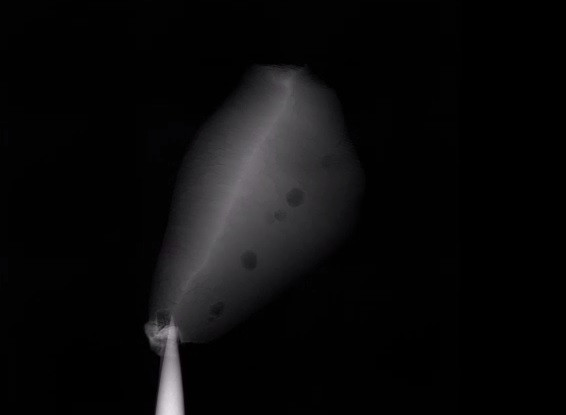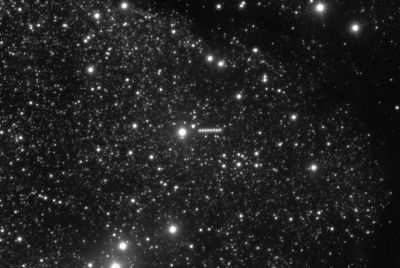Oldest evidence for life on Earth discovered dates back 4.1 billion years - 300 million years earlier than we thought

Evidence of life on Earth 4.1 billion years ago has been discovered in Western Australia, pushing back estimates of when living organisms first emerged back 300 million years. Scientists found a zircon sample in Jack Hills that had graphite inclusions consistent with a biogenic origin – possibly indicating the presence of life.
The team of researchers from the University of California, Los Angeles, published their study in the journal PNAS. They note that evidence of life on Earth is preserved in the rock record, but that the chemofossil record to around 3.8 billion years ago, meaning it is difficult to assess the habitability or biosphere of Earth before this date.
The zircons found in Jack Hills, however, can be dated back to almost 4.4 billion years. The team studied over 10,000 samples and one – which was 4.1 billion years old – was found to contain these primary graphite inclusions.

The geochemistry showed the sample was enriched with Carbon-12, consistent with carbon produced by living organisms. They said it is "consistent with a biogenic origin" and that this could be "evidence that a terrestrial biosphere had emerged" 4.1 billion years ago – or around 300 million years earlier than previously suggested.
"The relatively clement conditions implied suggest a potentially habitable planet and leave open the possibility of a Hadean biosphere," they wrote. "Confirming such a connection would represent a potentially transformational scientific advance. However, given the low occurrence of carbon-bearing Hadean zircons, establishing a Hadean carbon cycle and its possible bearing on the origin of life will require enormous and sustained efforts."
© Copyright IBTimes 2025. All rights reserved.






















